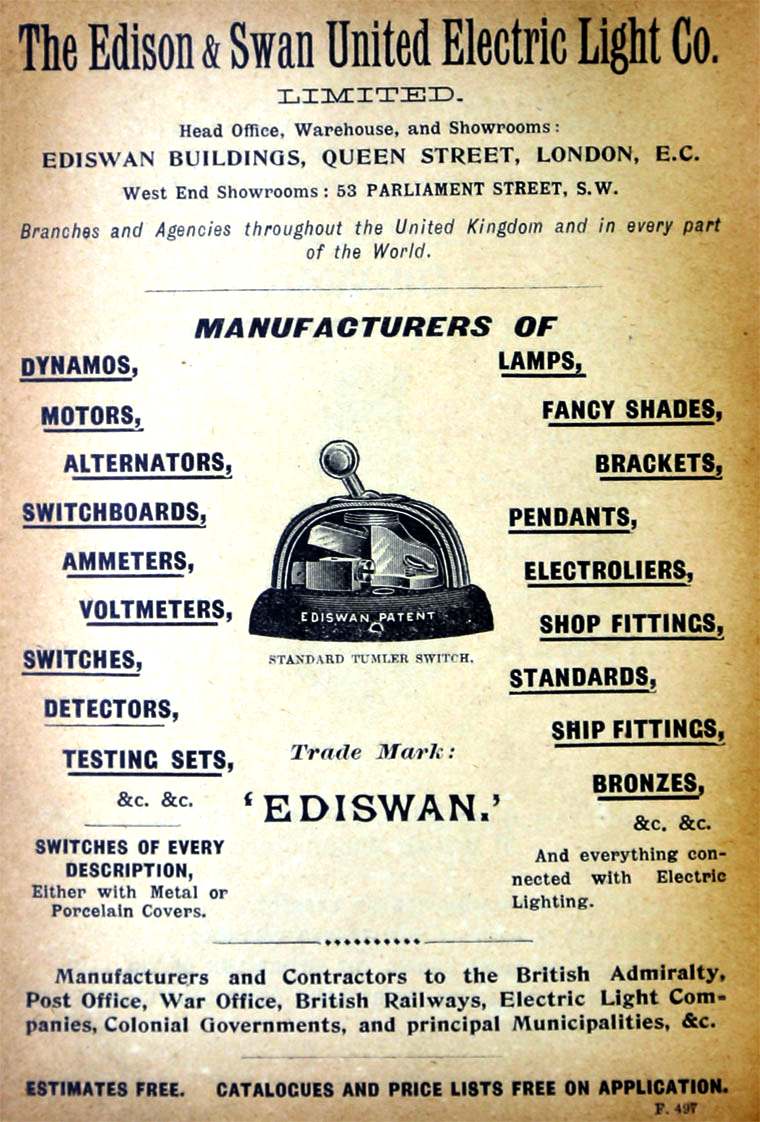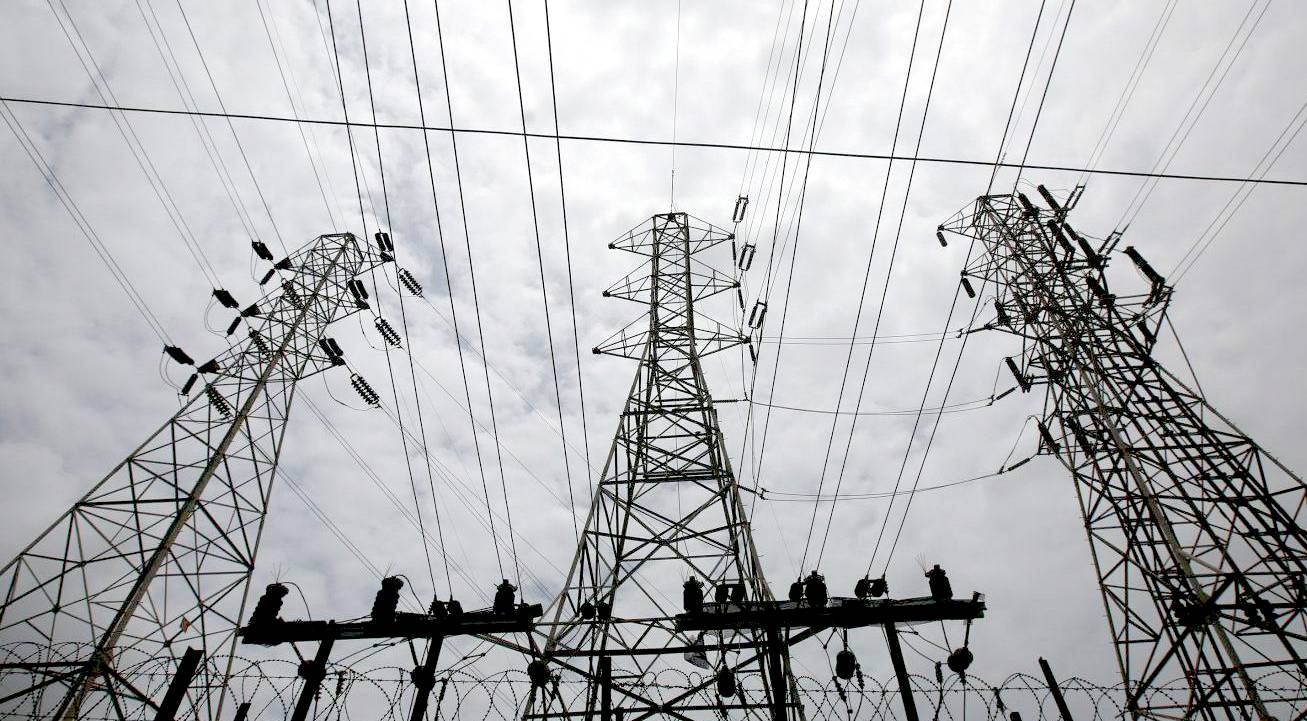|
PEARL STREET POWER STATION
Please use our A-Z to navigate this site where page links may lead to other sites, or see HOME
|
|
|
Pearl Street power station, New York City 1882
The
Pearl Street Station was the first commercial central power plant in the United States. It was located at 255–257 Pearl Street in the Financial District of Manhattan, New York City, just south of Fulton Street on a site measuring 50 by 100 feet (15 by 30 m). The station was built by the Edison Illuminating Company, under the direction of Francis Upton, hired by
Thomas
Edison.
The models still exist and are on display at the Smithsonian Institution's National Museum of American History in Washington, D.C.; at the Consolidated Edison Learning Center in Long Island City, New York; and at the Henry Ford Museum in Dearborn, Michigan. Up to 31 people worked on constructing the models which took about 6 months to complete.
This historic building no longer exists, hence cannot be a UNESCO world heritage site.
SWITCHES & BULBS - Where would we be without electric lighting. A battle royal ensued in the law courts and Thomas Edison and Joseph Swan slogged it out in the London High Court, ending with the combatants working together as the Edison & Swan United Electric Light Co. ELECTRIC BAKERY - The earliest surviving generating station, dating from C. 1900, with battery based load levelling as the core technology, coupled to a 48 volt DC generator, is in the little village of Herstmonceux, Sussex.
The First and Second World Wars accelerated technology faster than ever before, as part of an arms race, where the most advanced weapons would win the battle for a (relatively) free world. Until nuclear power reared its ugly head.
The electrical power generation industry began when light bulbs and other devices that needed reliable energy supplies were invented. Telephones and televisions all needed electricity.
Please use our A-Z INDEX to navigate this site
This website is provided on a free basis to promote zero emission transport from renewable energy in Europe and Internationally. Copyright © Universal Smart Batteries and Climate Change Trust 2022. Solar Studios, BN271RF, United Kingdom.
|



